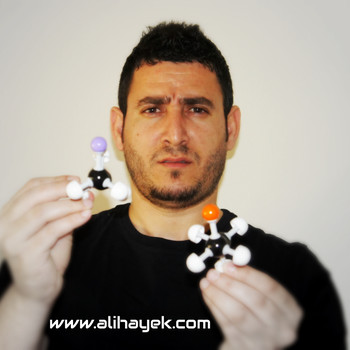Molten calcium chloride #CaCl_2# will dissociate into its corresponding ions according to the following equation:
#CaCl_(2)->Ca^(2+)+2Cl^(-)#
The reduction reaction of calcium ion #Ca^(2+)# that happens on the cathode is:
#Ca^(2+)+2e^(-)->Ca(s)#
Therefore, for #1mol# of #Ca^(2+)# to be reduced, #2mol# of electrons will be needed (#2n_(ca^(2+))=n_(e^(-))#).
The number of mole of calcium #Ca^(2+)# could be found from its mass (#m=60g#):
#n=m/(MM)=(60cancel(g))/(40cancel(g)/(mol))=1.5 molCa^(2+)#
#=>n_(e^(-))=2xx1.5=3.0"mol"e^(-)#
The charge #q# applied could be calculated from the current #I=5A# and the time #t# in seconds as follows:
#q=Ixxt=n_(e^(-))xxF# where #F=96485 C/("mol"e^(-))# is Faraday's constant.
#=>t=(n_(e^(-))xxF)/I=(3.0cancel("mol"e^(-))xx(96485 C)/(1cancel("mol"e^(-))))/(5A)=57891s#
#=>t=(57891cancel(s))xx(1h)/(3600cancel(s))=16h#
Here is video that explains further this topic:
Electrochemistry | Electrolysis, Electrolytic Cell & Electroplating.

